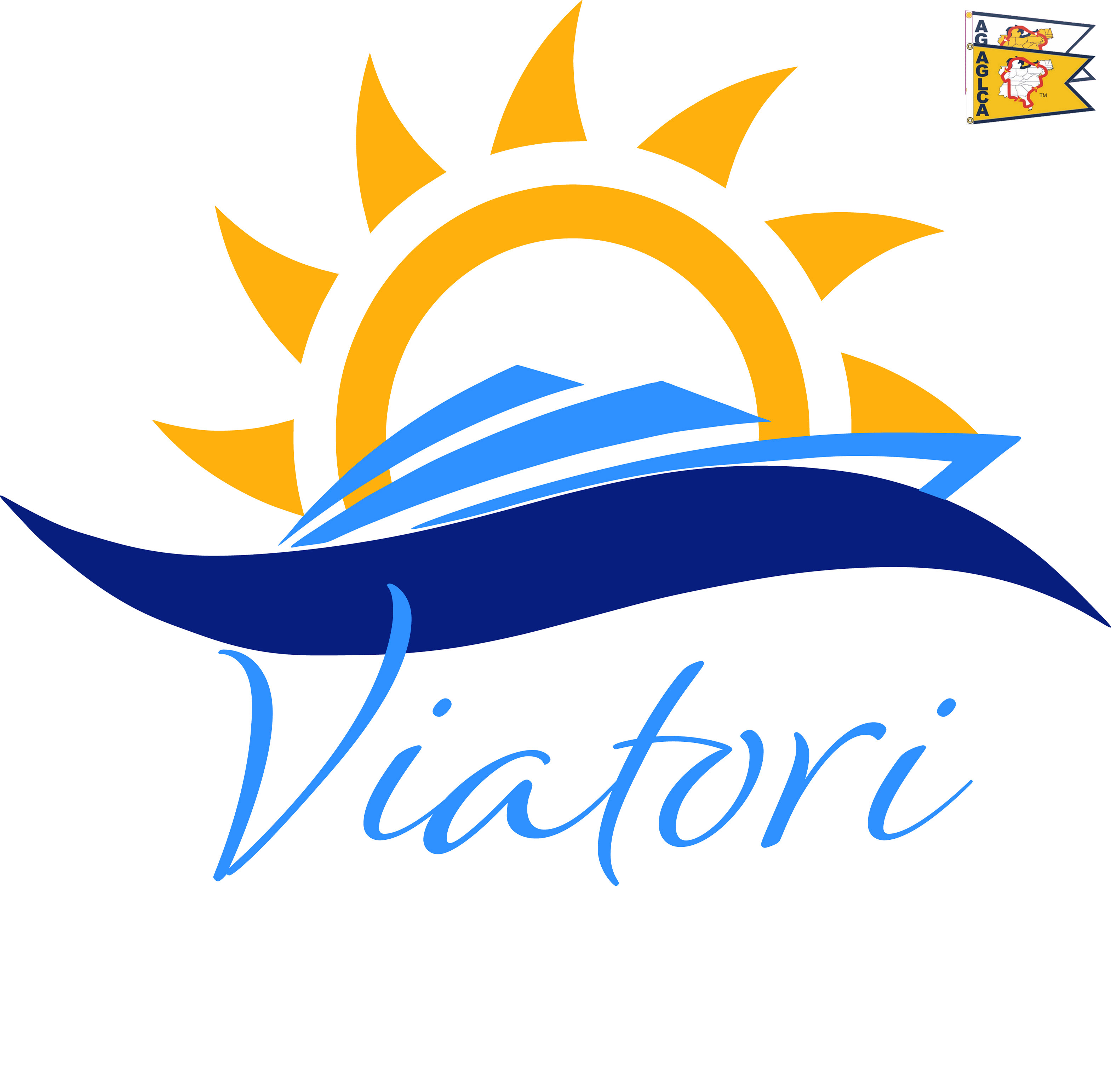Daily Planner Tutorial
After downloading the sheet and opening in your preferred spreadsheet program you may need to enable editing to allow for the entering or editing of the sheet.
Purpose
The purpose of this sheet is to help calculate the timing of arrival for bridge openings, lock operations, tides or weather before you get underway. The sheet is fairly self explanatory but we will cover what data to enter and the calculations made.
Using the Spreadsheet
Start by entering the date of travel, your starting location and your destination. The date cell is formatted so entering 05/1/2025 will result in the day of the week along with the actual date and can be changed to your preference. The destination, in this example is a bridge, should be where you need to get to at a specific time. Bridges are the most common thing to plan for as the often open at specific times. Knowing when you will arrive will keep you from to hover for extended length of time.
Next we want to enter the nautical miles from your starting location to the destination. Using a mobile routing applications, chart plotters or even just an educated guess will work. Next input the speed you normally travel in knots. At this point the sheet will calculate that travel 40nm at 7kts is a total travel time of 5:42:51. The arrival time is 5:42:51 because the sheet is sees a blank departure time as midnight, 12:00:00 AM. Once a departure time is entered, the correct arrival time is calculated.
The departure time can be entered as 08:00 AM or 08:00 PM. The sheet also recognized military time as 08:00 for AM and 20:00 for PM. If using standard time the must be a space between the time and the AM or PM.
Now that the sheet is filled out for our days travel, we see that we will arrive at the bridge around 1:42 PM if we average 7 knots. From looking up online we see the bridge normally opens on the hour for navigation. This is easy enough to manage with this data by slowing down a little as we get closer to the bridge so in the worst case scenario, we hover for 18 minutes.
But what if the bridge is under construction with limited openings, the bridge is only opening on the hours of 09:00 AM, Noon and 03:00 PM and work is completed after 07:00 PM. Now our travels become a little more complicated. Leaving earlier is not an option and we can not go any faster. By changing the departure time, to get the desired arrival time we can see that if we leave at , 09:15 AM, average 7 knots we should arrive within a few minutes of the bridge opening at 3:00 PM.
While this base information is helpful, by adding the information for our second stop, we can see that because we delayed our departure to make the bridge opening, we are now going to be arriving later. If you have set hours or miles you want to travel, you can calculate if you can make the stops on a daily itinerary or will you have to adjust.
As an example, we can say our top speed is 7 knots, but we don't want to travel for more than 8 hours during the day and we want to be stopped or anchored 2 hours before sunset. We have completed the first hurdle of the bridge with limited openings but we were delayed because of the amount of boat traffic already waiting to pass. The average time to pass bridges or locks is 30 minutes, but this took 45.
We can see that we now may have a problem. While starting at 8:00 AM and traveling at 7 knots for 60nm, we would arrive to our final destination around 4:40 PM. With the limited bridge openings and delay at the bridge, we are now arriving less 30 minutes before sunset at 6:36:26 PM. This information helps in advance helps in being able to determine where you are going to stop after the bridge to adjust your travel plans so that you are not left pushing yourself or your boat and helps with the level stress onboard.
Where we had planned to stop on 5/1/2025, 60 miles from our starting point, we are now having to break up that trip to an extra day and moving the arrival at the marina to the next day. If you plan this out, check notice to mariners through the USCG regularly for your section of the trip you will have less issues along the way for a more enjoyable journey.
